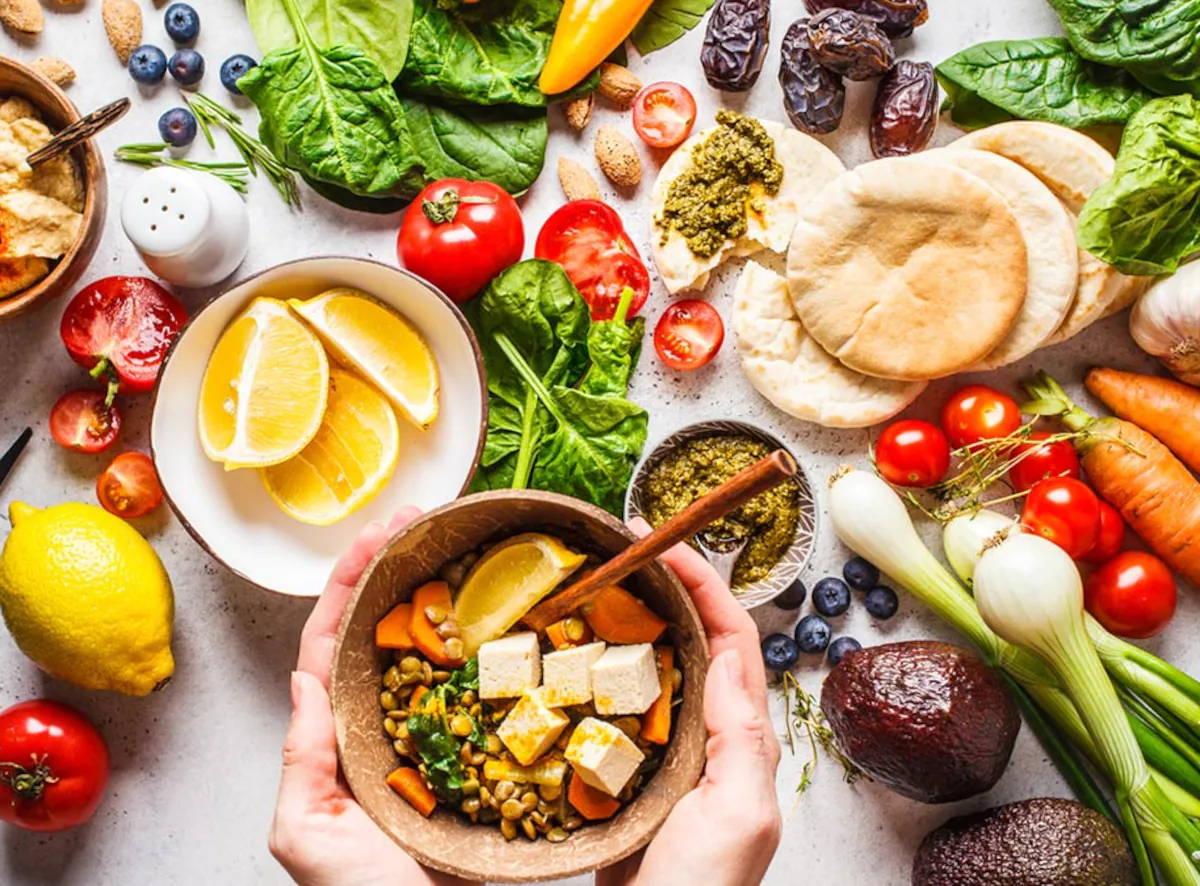
Vegetarian diets
Health-conscious eaters will continue to favor plant-based meals in 2023. Whole grains, legumes, fruits, and vegetables are the main components of plant-based diets, which forgo animal goods like meat and dairy. Diets based on plants are frequently high in fiber, vitamins, and minerals while being low in cholesterol and saturated fat. Both people who want to enhance their health and those who want to lessen their influence on the environment can benefit from this kind of diet. Moreover, plant-based diets can be customized to meet personal preferences and requirements.
Sustainable and Local Foods
Local and sustainable foods will still be well-liked by health-conscious consumers in 2023. Consuming locally produced food helps lower the carbon footprint connected with food production since local food may be transported with fewer resources. Besides delivering fresher and more nutrient-dense food, eating locally can also help to support regional farmers and businesses. Eating sustainably can aid in lowering both the quantity of single-use packaging used in food manufacturing and food waste.
Fermented Foods
Fermented foods will remain popular with health-conscious consumers in 2023. Fermented foods are advantageous because they contain good bacteria that can enhance gut health, such as kimchi, sauerkraut, and kombucha. Moreover, fermented foods are a good source of vitamins, minerals, and other health-improving substances like antioxidants.
Healthy Foods
Functional meals will remain well-liked by health-conscious consumers in 2023. Foods that have been enhanced with healthy nutrients, such as vitamins, minerals, and other advantageous chemicals, are referred to as functional foods. Certain foods can lower the chance of developing certain diseases and aid to enhance general health. Breakfast cereals with added nutrients, energy bars, and fortified plant-based milk are a few examples of functional foods.
Personalized Nutrition
Personalized nutrition is still well-liked by people who are health-conscious eaters in 2023. The idea of personalized nutrition is adjusting a person’s diet to suit their unique needs and preferences. This kind of nourishment is advantageous because it can aid in enhancing a person’s health and well-being. Also, tailored nutrition can aid in identifying dietary intolerances and offer advice on which foods to eat and which to avoid.
Rising reductarianism
The popularity of plant-based diets will increase this year. Nevertheless, it doesn’t necessarily follow that people are giving up things made from animals. Instead, a rising number of customers are choosing to cut back on their use of animal products in favor of plant-based diets, a trend known as reductarianism. Such a diet is advantageous for the environment, your health, and your food budget.
Foods for women’s health will be available.
Foods and beverages that support immunological function, brain aging, muscle health, and restorative sleep were popular last year. And they’ll keep doing it. Nonetheless, the Nourish 2023 Trend Report asserts that “female” meals will continue to enjoy significant growth in the coming years. The majority of online female health talks, according to data from Spoonshot, a food and beverage AI research business based in the United States, center on wellness, menopause, pregnancy, weight loss, and gut health but keep in mind that, especially among millennials, more consumers now favor individualized health and wellness goods than they did a year ago.The U.K.-based company MPowder provides a selection of plant-based powders that are intended to treat symptoms linked to the various menopause stages. Moreover, the American company Moodygirl provides a range of chocolate bars that are said to reduce premenstrual symptoms like irritability, food cravings, and poor libido. Expect to see an increase in the number of social media influencers advocating meals and supplements geared toward the health of women in 2023.
More attention paid to reducing food waste
Due to high prices, consumers will prioritize reducing food waste even more in 2023. Your food bill can be reduced by using techniques like meal planning before you go shopping, buying only what you need, storing food correctly, and finding uses for leftovers. Also, by using these methods, less food will be disposed of in landfills, where it produces the potent greenhouse gas methane. This year, there will be more efforts focused on decreasing food waste, including curbside food trash collection for composting and the upcycling of surplus and unsaleable vegetables into plant protein powders and culinary ingredients.
On the menu for 2023:
Dates, special pasta, and ube
This year, look for ube (pronounced ooh-beh), a purple yam from the Philippines that is sweet, nutty, and high in fiber, vitamin C, and anthocyanins, the phytochemicals that give these tubers their deep purple color. The ube is used to make cakes, puddings, and other sweet desserts in Filipino cuisine. It is popular in lattes, air-fryer “fries,” and as a commercial spread in North America (due to Trader Joe’s). This year, it’s also expected that heritage pasta, which is made by running the pasta through bronze dies to give the noodles a rough texture that improves sauce adherence, would be popular. Plant-based pasta produced from ingredients like carrots, zucchini, cauliflower, and green bananas is also acceptable.
